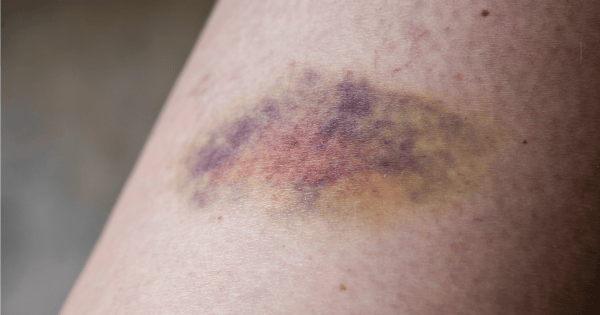
Many Australian women suffer from at least one vitamin or mineral deficiency.
Some are more serious than others, having consequences for fertility, mental health, bone strength, pain, and immune function.
Watch: The most common nutritional deficiencies for women. (Post continues after video.)
Interestingly, there are a number of physical symptoms of such deficiencies that aren’t widely known – meaning some people suffer for years before finding out their symptoms are related to a health issue that could be easily combated.
Of course, if you think you might have a deficiency, it’s important to consult your GP. But there are a few warning signs we should all be looking out for.
Pale lips.
Pale lips can be a sign of iron deficiency – a deficiency particularly common among young women, due to chronic blood loss during menstruation. Over one million Australians suffer from iron deficiency or anaemia, which can cause tiredness, fatigue and breathlessness.
Other physical symptoms include bruising easily and a sore or swollen tongue. (Post continues after gallery.)



Top Comments
pork is a white meat not red
I agree some food products where left off the food list
and no supplementation was mentioned in this article.
I have a genetic metabolic iem defect called combined
cobalamin C Defect. I need neo B12 injections 2 times
a week and up to 7 days a week at its worst to function.
As far as I know vegans and others with a more general
form of B1 deficiency may need B12 injections once or
twice a month or can try with tablets of B12 and folic acid
to bring their levels to balance.